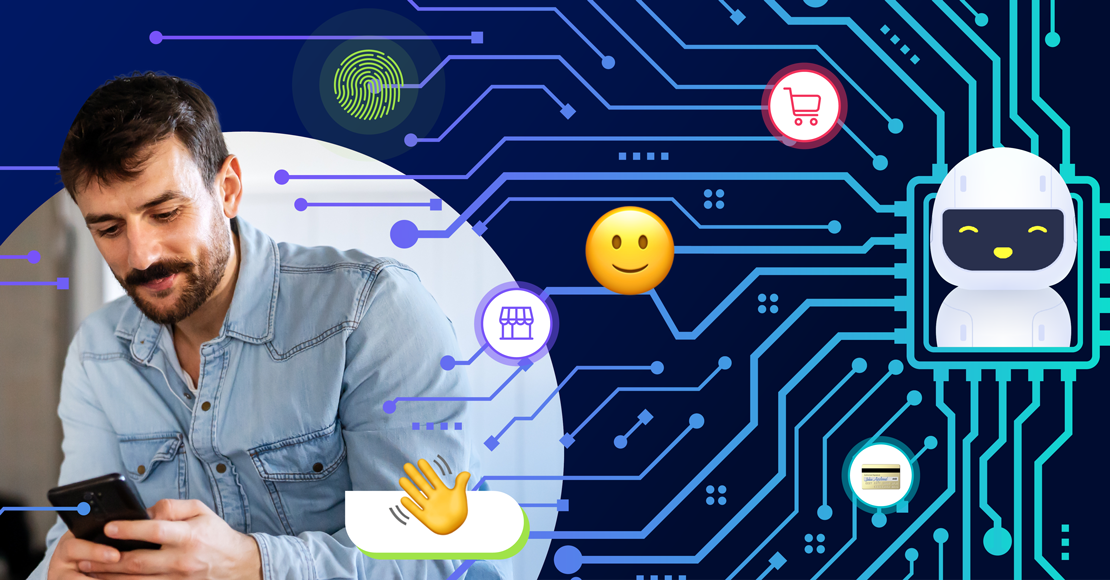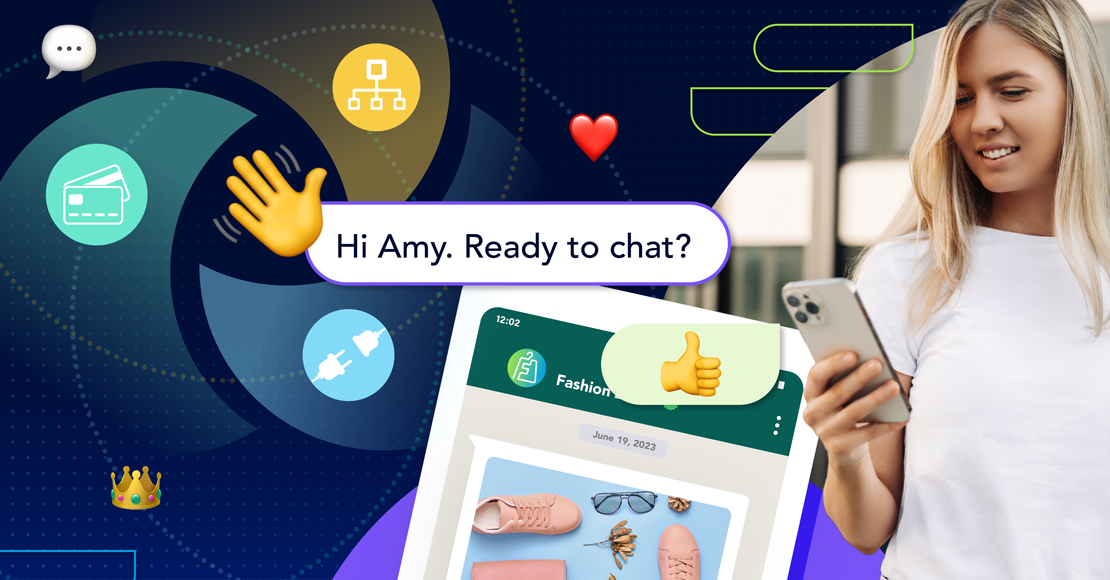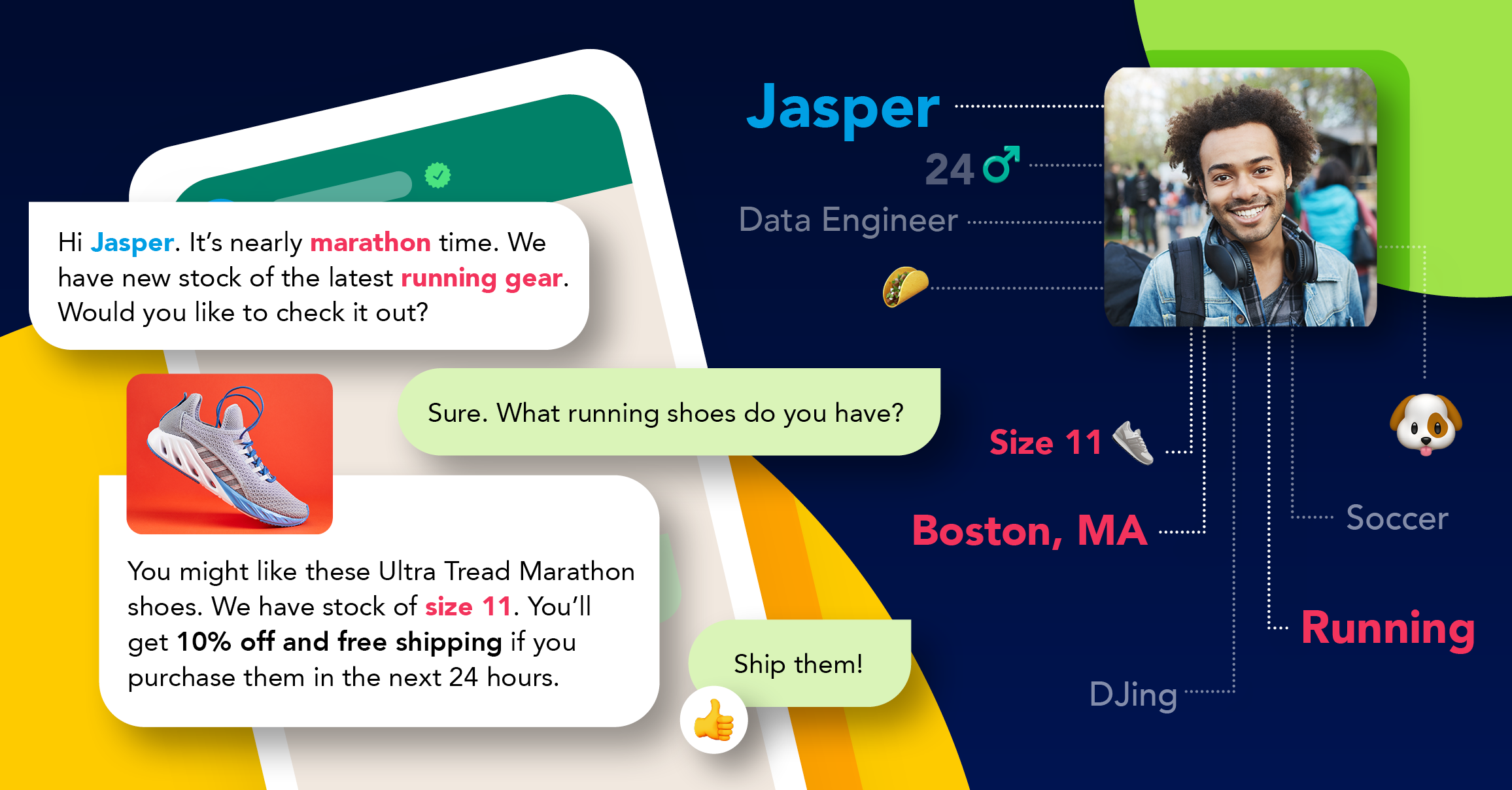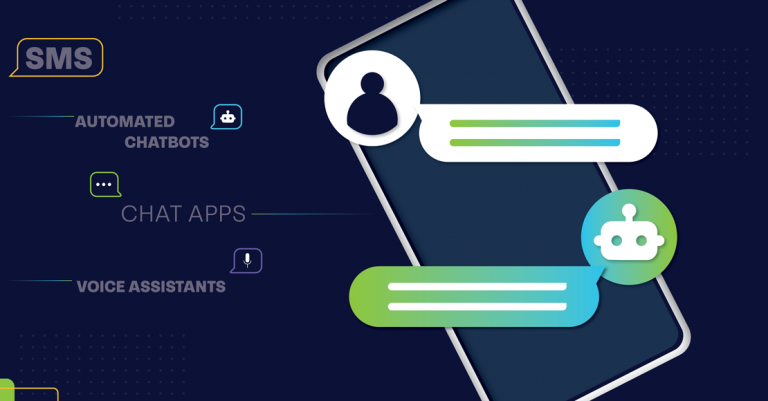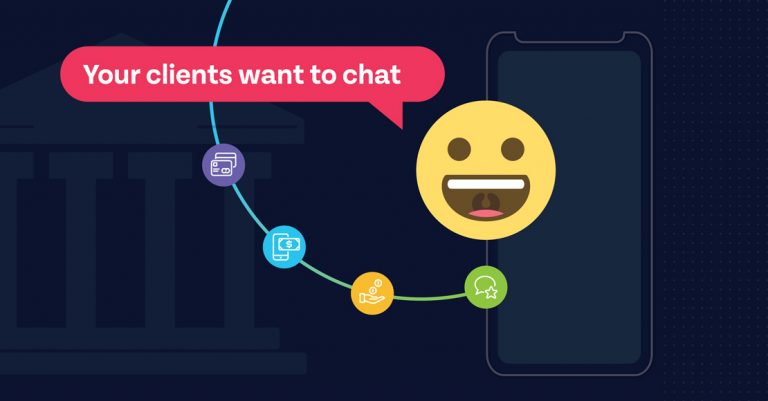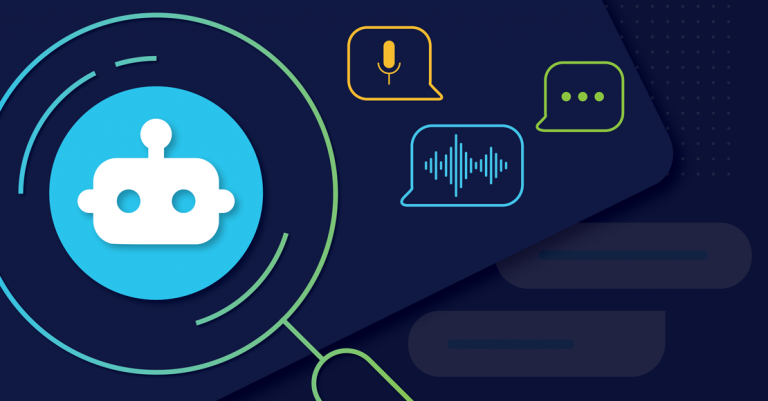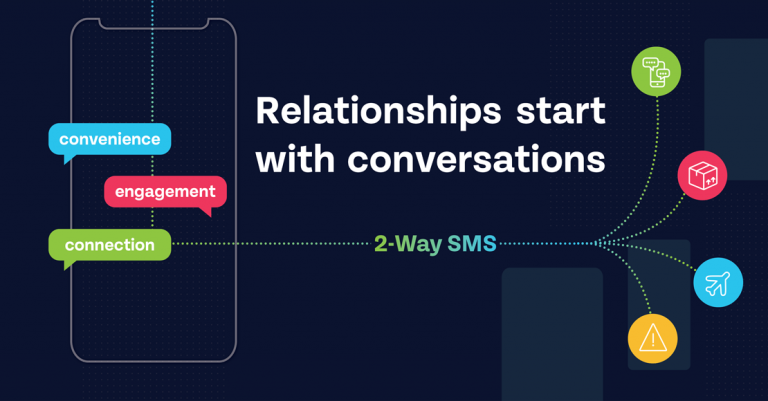
AI chatbots for ecommerce and banking
The application of artificial intelligence (AI) isn’t just to help reduce human resource costs and create smoother workflows, it’s also there to help your customers. With the advent of chatbots, or rather their evolution, we are now able to use them for business and client purposes.
In the earlier part of this century, Cleverbot became a craze on the internet. It was a system that would ‘learn’ from interactions with users. Even though it's many years later, the system has yet to have the ability of many questions asked of it. For example, asking it “Is HAL 9000 just?” will yield a range of different answers.
Commercial products, such as Clickatell Touch, have come a long way from the more simplistic systems of Cleverbot. Here are a few ways that AI chatbots can be used for your business.
Chatbots in ecommerce
According to a report by Bigcommerce, 51% of Americans prefer to shop online, which includes 67% of millennials and 56% of Gen Xers. Those are some pretty high numbers, and they exclude all other markets. With that in mind, can you afford to miss out on securing more customers for your ecommerce store?
The downside to growth is having to employ more employees to facilitate customer queries, which are either simplistic or is obvious information. By integrating chatbots into your customer service strategy, you’ll be able to not only scale your customer service department but handle tasks that would require additional employees.
As an example, a customer can speak to a chatbot online and ask where their order is, how long it’ll take, or whether a product is in stock. The chatbot would not only be able to easily look up these requests but field more difficult requests to human operatives. The systems will also be able to learn from talking to customers and assess which answers will be too difficult for it to answer.
This too can be implemented when it comes to customer returns. AI can facilitate the full return of parcels, which includes arranging logistics with couriers. While most consumers will return a product because it’s defective or incorrect, there are special cases that require human attention.
AI chatbots can also implement non-standard text into responses, such as emoticons. This gives a more human response to customers, as opposed to just text responses.
Chatbots in banking
One of the biggest implementations of AI is in the financial sector, specifically when it comes to private wealth management and finance machine learning. AI systems are able to read stock prices, scour social media, as well as news in order to create company profiles and bespoke offerings for clients. AI has another use when it comes to banking, and that consists of AI and chatbots.
Much like ecommerce stores, banking institutions receive an influx of queries on a daily basis. These can consist of basic questions, such as the interest rate on a credit card, or transaction queries on an account. And, again, like ecommerce, more difficult questions that require human interaction can be passed onto human assistants.
These AI chatbot platforms can integrate with systems that are running banking software, which will allow them to pull stock data and anything else that is relevant to the bank.
For more information on AI chatbots and how they can work for your company, have a look at Clickatell Touch. It can do everything mentioned in this article – fielding questions and learning from interactions – and more.
Explore other articles
Step into the future of business messaging.
SMS and two-way channels, automation, call center integration, payments - do it all with Clickatell's Chat Commerce platform.

